
Food in Mongolia
Taste of Mongolia – Top Must-Try Dishes for Food Lovers
Mongolia, a vast and rugged land with a rich history, beckons travelers who are eager to immerse themselves in its nomadic culture and hearty cuisine. While Mongolia may not be renowned globally for its culinary offerings, this landlocked nation has a unique gastronomic heritage that reflects the nomadic lifestyle and extreme climate. The traditional Mongolian diet is heavily reliant on animal products, with dairy and meat at the forefront, providing the sustenance needed to endure the harsh winters. From the iconic buuz (steamed dumplings) to the nourishing suutei tsai (milk tea), discover the essential dishes that are integral to the Mongolian dining experience. Whether you're a food enthusiast or just a curious traveler, tasting Mongolia's cuisine is an adventure in itself.
Mongolian Dishes
Buuz
Buuz are Mongolian steamed dumplings filled with meat, typically mutton or beef, that are seasoned with onion or garlic and sometimes mixed with vegetables. They are a staple during the Mongolian Lunar New Year celebrations but can be found year-round. The dough is hand-rolled and the dumplings are cooked in a steam basket, resulting in a juicy and flavorful bite.
Khuushuur
Similar to buuz, khuushuur are half-moon-shaped dumplings that are stuffed with minced meat (usually mutton or beef) and onions. Unlike buuz, these are fried to a golden-brown crisp, giving them a crunchy texture on the outside while remaining tender and juicy on the inside. They are often served with a side of fresh salad or pickled vegetables.
Borts
Borts is a traditional Mongolian air-dried meat, usually made from beef or mutton, which is sliced thinly and hung to dry in the cold winter air. The dried borts can be stored for months and is rehydrated by boiling in water to make a hearty broth or added to soups and stews, providing an essential source of protein.
Tsuivan
Tsuivan is a hearty noodle dish made with hand-rolled wheat noodles that are stir-fried with chunks of meat (typically mutton) and a variety of vegetables such as cabbage, carrots, onions, and bell peppers. It is a versatile dish that can be seasoned to taste and is often enjoyed as a filling meal during the cold months.
Guriltai Shul
Guriltai Shul is a traditional Mongolian noodle soup that combines hand-pulled noodles, vegetables, and meat, often mutton. The broth is typically seasoned with garlic and salt, and can sometimes include milk or tea, making it a unique blend of flavors. It's a common comfort food, especially in the colder seasons.
Boodog
Boodog is a unique Mongolian barbecue dish, often made with marmot or goat. The animal is cooked with hot stones placed inside its cavity, which cook the meat from the inside out. The skin crisps up and the meat remains tender, infused with a smoky flavor. It's a traditional method often used during festive gatherings.
Khorkhog
Khorkhog is another traditional Mongolian barbecue dish, similar to boodog, but typically made with larger animals like sheep. The meat is cut into pieces and cooked with vegetables and hot stones inside a sealed container. The stones provide an even heat, resulting in a tender and flavorful meat stew, often shared communally straight from the cooking vessel.
Mongolian Desserts
Aaruul
Aaruul, or dried curds, is a traditional Mongolian snack made from milk that is curdled and strained before being shaped and dried under the sun. It can be sweet or sour and comes in various shapes and sizes. Aaruul is known for its long shelf life and is a popular snack among herders.
Boortsog
Boortsog are Mongolian fried cookies or bread, often sweetened with sugar or honey and sometimes flavored with butter or cheese. They are made from simple dough that is rolled out, cut into shapes, and then deep-fried until golden brown. Boortsog is typically served with tea and can be enjoyed as a dessert or a snack.
Ul Boov
Ul Boov is a traditional Mongolian cake that is made for special occasions such as weddings or the Lunar New Year. Layers of fried flatbreads are stacked and decorated with patterns and designs. The bread is often sweetened and can be enjoyed with tea or airag (fermented mare's milk), which is another traditional Mongolian beverage.
Tsagaan Sar Cookies
During the Tsagaan Sar (Mongolian Lunar New Year), a variety of special cookies are made. These cookies are typically made with flour, butter, sugar, and sometimes nuts or seeds. They are beautifully decorated and are an integral part of the Tsagaan Sar table, symbolizing prosperity and good fortune for the coming year.
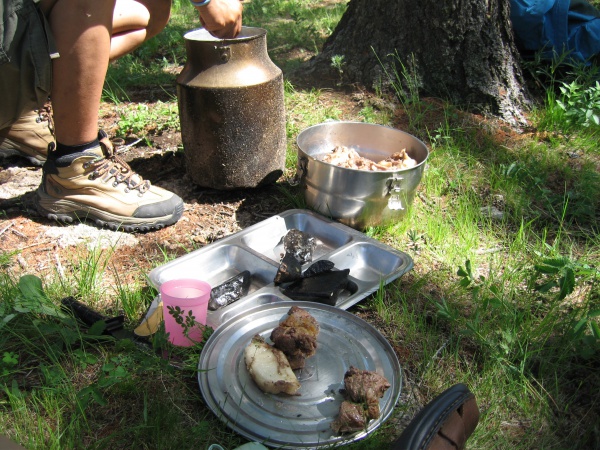
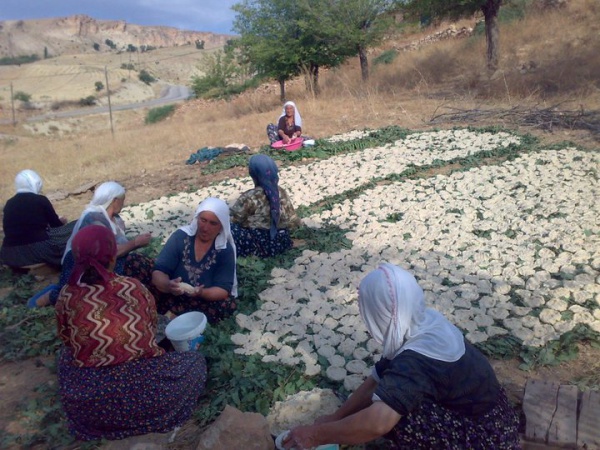
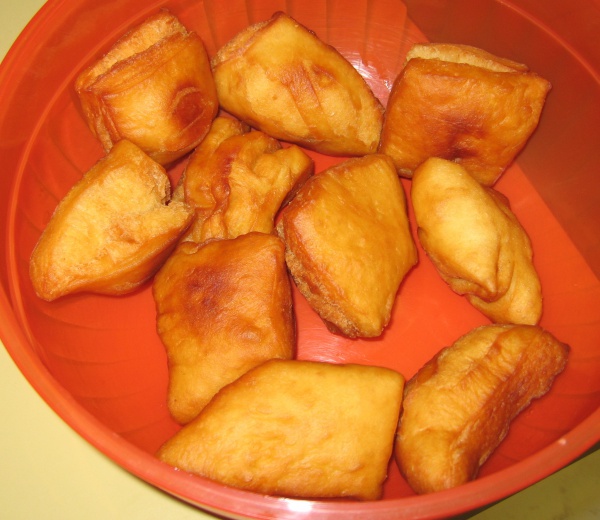
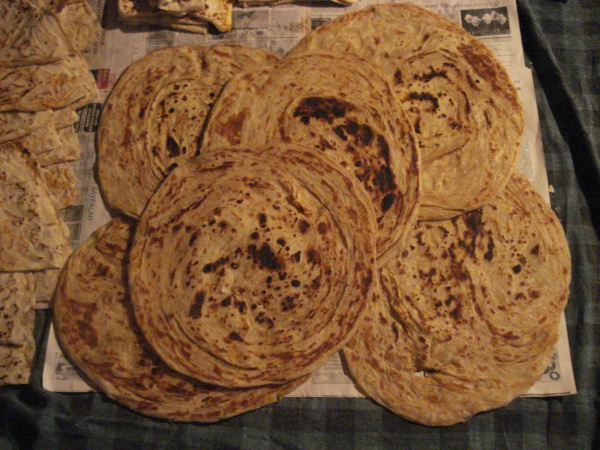
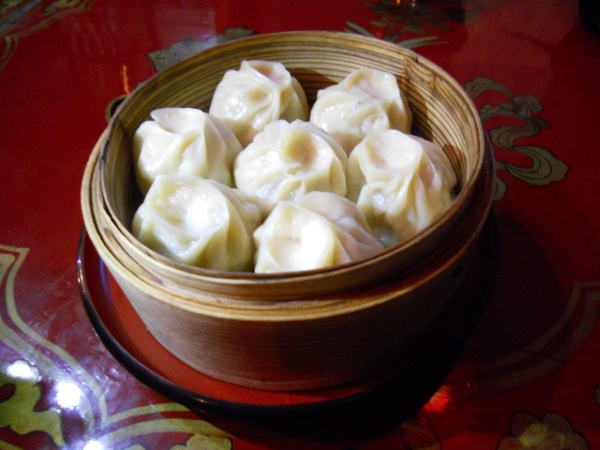
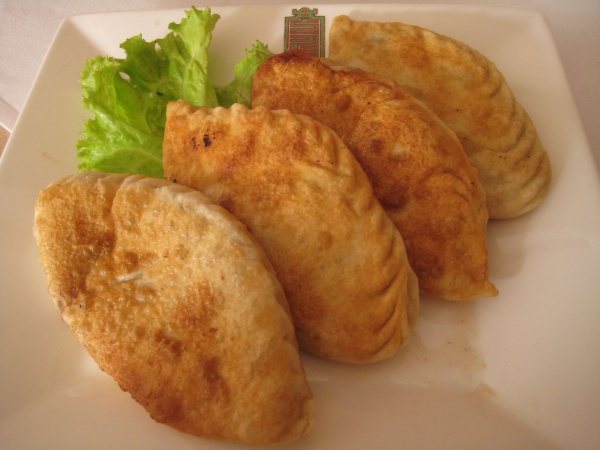
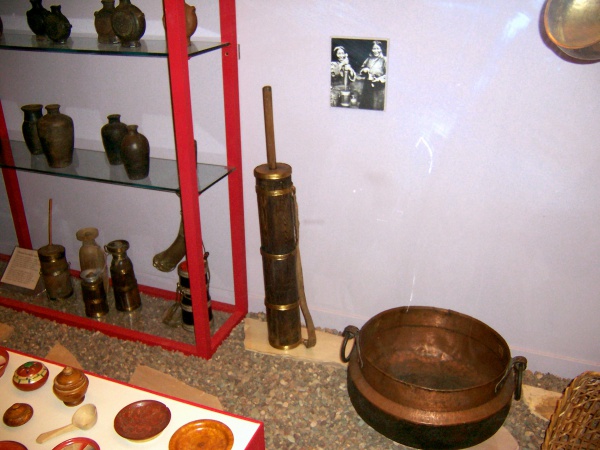
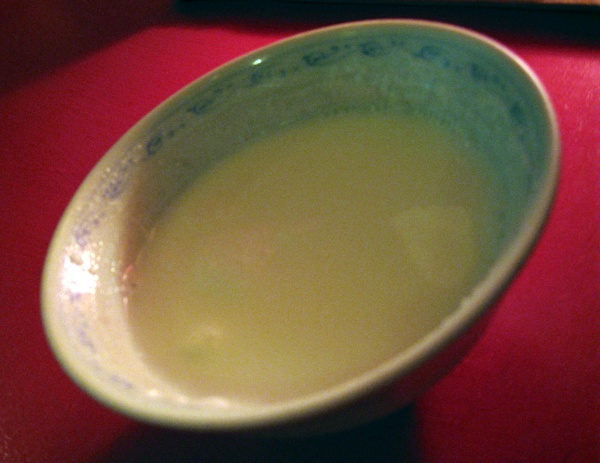
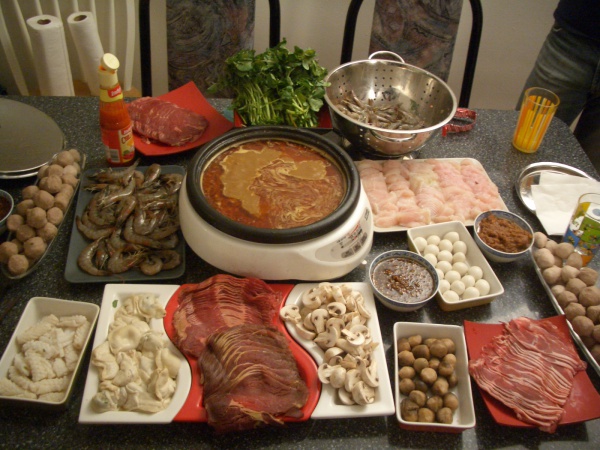
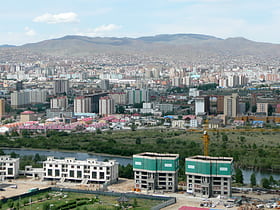
 Russia
Russia